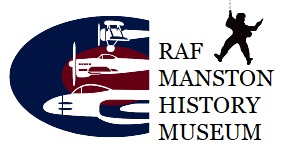History
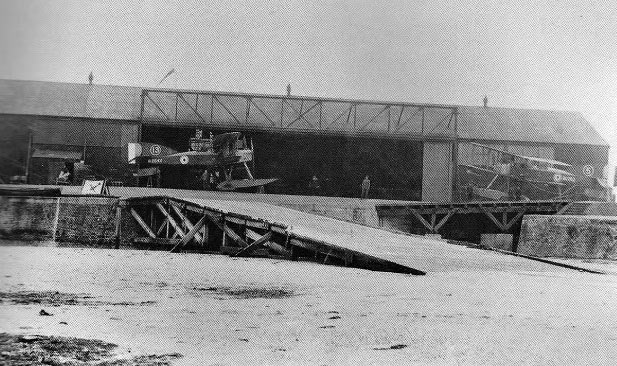
How Manston Airfield Began
At the start of the First World War, the Isle of Thanet had a small landing strip at St Mildred’s Bay, Westgate, used for early aircraft and seaplanes. Frequent accidents led pilots to use nearby farmland at Manston for emergency landings, and by winter 1915–1916, the Admiralty Aerodrome at Manston was established. By the end of 1916, it housed both the Operational War Flight Command and the Handley Page Training School.
Manston’s coastal location made it vital during Zeppelin and Gotha bomber raids, with its fighters helping to repel attacks in 1917. These raids contributed to the decision to form the Royal Air Force on 1 April 1918.
In peacetime, Manston continued its rescue work. In 1936, Wing Commander Bryson recalled how two unreliable high-speed launches from Ramsgate Harbour successfully rescued yachts stranded on the Goodwin Sands—an event fondly remembered in the airfield’s history.
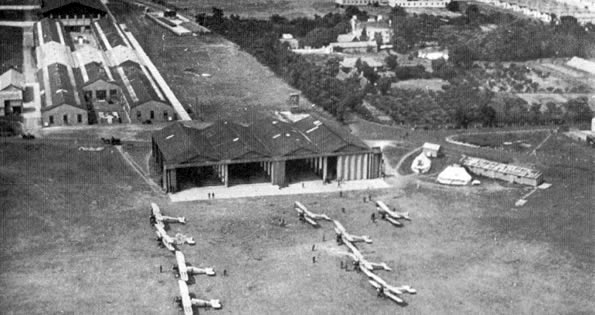
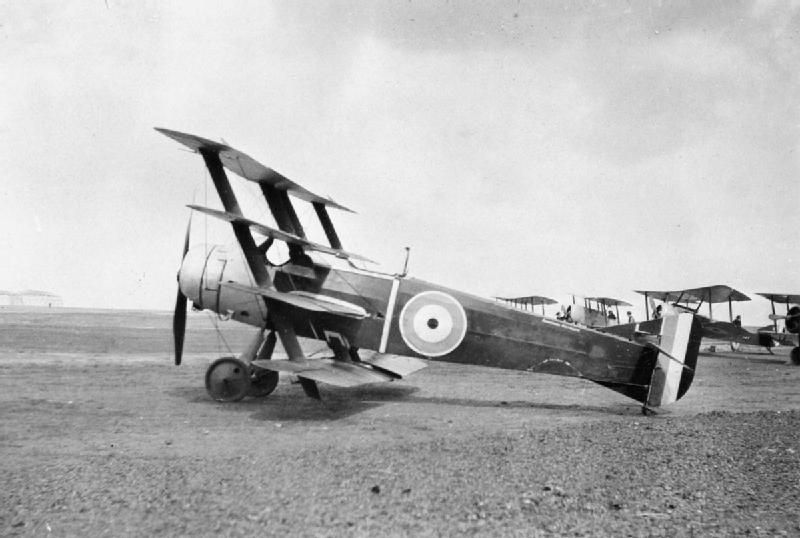
World War II
WAAFs were housed at the Ursuline Convent in Westgate-on-Sea. Barnes Wallis tested his bouncing bomb nearby at Reculver, and a prototype is now displayed at the museum. Later, Hawker Typhoons and the RAF’s first Meteor jet squadron were based there.
Manston served as a launch point for Operation Market Garden and was equipped with the FIDO system to disperse fog. Its long runway made it a key emergency landing site for damaged aircraft, earning it a reputation as a “graveyard” for heavy bombers. Along with Carnaby and Woodbridge, it was one of the main east coast emergency airfields.
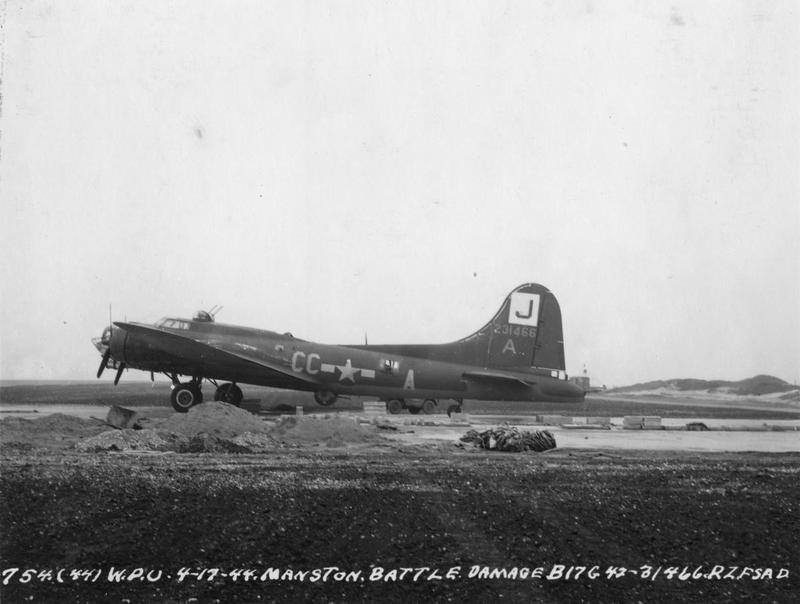
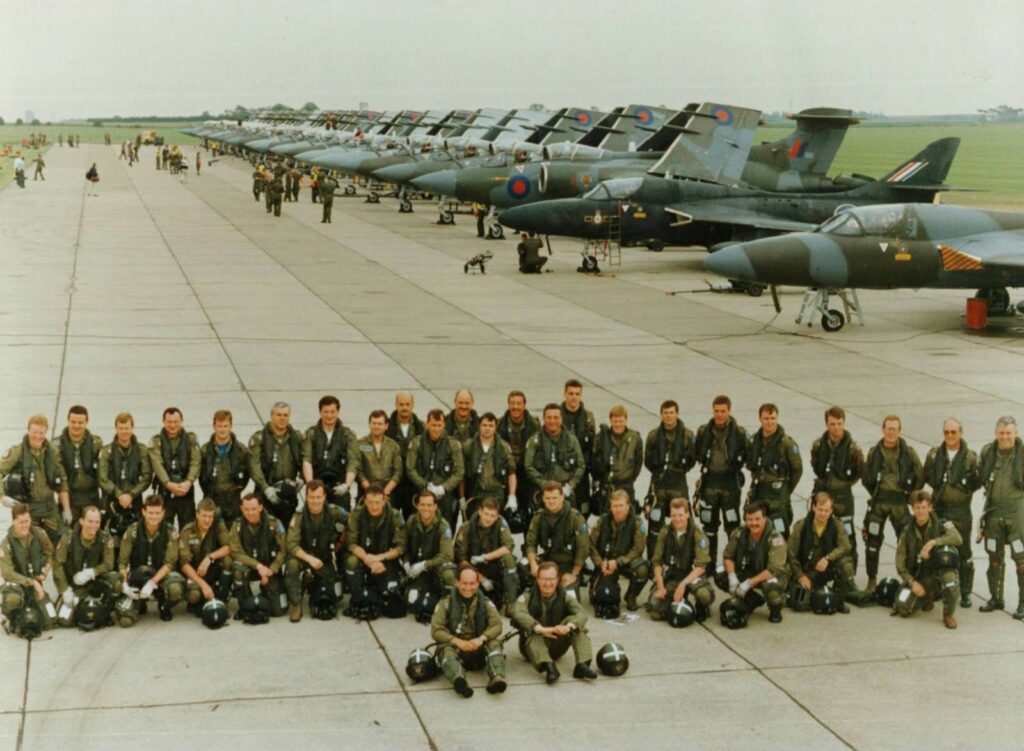
Post Conflict
In 1996, Manston’s satellite station RAF Ash, was closed, and in 1999, it was decided to close the RAF Manston base.
The MOD decided to keep the central fire training school (CTE) facility open, and almost the entirety of the ‘domestic’ side of the base became FSCTE Manston (for Fire Service Central Training Establishment).
The ‘airside’ portion of the base was signed over to the commercial operator of Kent International Airport.
